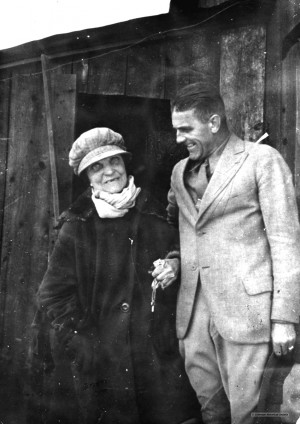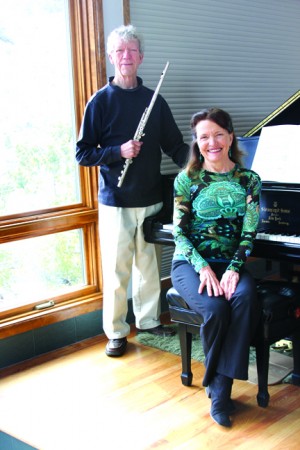by Susan Tweit
In April, Richard and I traveled from a spring blizzard that buried our valley under almost a foot of wet snow to sun-warmed red sandstone cliffs dotted with wildflowers in far western Colorado’s remote canyon country.
In between trips, we were home for just long enough to do the laundry, re-pack the car, and water the kitchen garden. By the time we headed west on Highway 50 for distant Nucla and Naturita, I felt a bit dizzy from the abrupt change in worlds.
One way I’ve learned to sort through and absorb the stimulus of different places is to take “snapshots” in poetry – very short poetry. So Richard and I often practice writing haiku out loud as we travel; it helps us find the essence of what we see.
Here’s one from Highway 50 along the Cimarron River between Blue Mesa Reservoir and Montrose. Where the river was running bankful from spring snowmelt, the water colored as cimarron as the river’s name, I spotted a deer skeleton stretched out on the road verge:
A swelling of ribs
once encasing heart and lungs
now empty, roadkill.
The next evening, sitting by the San Miguel River at a friend’s house below Placerville, we watched three dippers chase each other just inches from the water’s surface, their warbling songs coming in bursts as staccato as the river’s choppy flow:
Round gray birds slice spray
over chocolate-milk river:
spring suddenly sings.
On our drive home, we were struck by miles of brown snowbanks: what should have been dazzling white spring snow splotching the ridges was colored a weird shade of red-brown by a layer of soil blown in from the drought-parched desert country of the Four Corners, a hundred or more miles away.
The tinted snow is more than unsightly. It’s a reminder of the perils of global climate change and how distant landscapes are linked and can affect each other: spring winds pick up desert soil bared by drought, overgrazing and development, and deposit it on snow far away, darkening the surface and causing that natural water-bank to melt more quickly, thus hastening run-off and emptying summer’s account early.
Here’s Richard’s haiku on the dirt-brown snowbanks:
Winter drought, spring storm –
skies darken, winds rise in promise
soil-darkened snow melts.
As we wound along the shores of Blue Mesa Reservoir, a truck coming toward us flashed its headlights. Around a blind curve, three bighorn sheep ambled into our lane:
Driver signals: Slow!
three bighorns – spring ragged – lick the pavement, eat salt.
If you want to write your own highway haiku, here are simple rules to get you started:
Write three lines in a 5-7-5 pattern (five syllables the first line, seven the next, five in the final), allude to the moment and the season, and forgo metaphor and rhyme.
Novelist Mary Stewart called poetry “the right words in the right order.” The discipline of haiku stills my mind, and helps me see more clearly the world I live in and love.
Copyright 2010 Susan J. Tweit
Award-winning writer Susan J. Tweit is the author of 12 books, and can be contacted through her web site, susanjtweit.com or her blog, susanjtweit.typepad.com/walkingnaturehome


